Linen Vs Cotton
Linen Vs Cotton
People are very curious to know, how cotton and linen are different in the latter after being natural, while both have the same qualities. In the discussion of linen vs cotton, we will find large differences in its origin, and harvesting and cultivating techniques. Otherwise. Linen comes from the flax plant and cotton comes from the cotton plants. Both Linen and cotton are natural fabrics and share the same quality and features like absorbency, durability, and thermal properties. Linen is an expensive fabric than cotton because of less availability. Linen has thicker fibers than cotton. Sometimes cotton beats linen and sometimes linen beats cotton Sometimes cotton beats linen and sometimes linen beats cotton. You will see that in the following Linen vs Cotton table.
Linen Vs Cotton
| Properties | Linen | Cotton |
|---|---|---|
| Flexibility | Less Flexible than cotton | More Flexible |
| Softness | Less soft than cotton | More Softer |
| Durable | More durable than cotton | Less Durable |
| Texture | Rough texture | Smooth texture |
| Absorbency | Less absorbent | More absorbent |
| Breath-ability | More breathable | Less breathable |
| Weight | Heavier than cotton | Lightweight |
| Hypoallergenic | More hypoallergenic | Less hypoallergenic |
Linen Versus Cotton
Linen
Linen is also a natural fabric as cotton but comes from the flax plant. Linen is also a natural fabric as cotton but comes from the flax plant. The fibers of linen are extracted from the stalk of the flax plant. It has long fibers compared to cotton giving durability, breath-ability, and thermoregulatory qualities to the linen. Linen is mostly grown in Russia, China, Egypt, and Spain. Linen is mostly used in humid climates as it has moisture-wicking quality. It is used to make curtains, beddings, and wears. It is an amazingly durable fabric compared to cotton.
Cotton
Cotton comes from cotton plants. Fibers are extracted from bolls around the seeds of the cotton plants. Available largely, as short-staple-cotton and extra-large-staple cotton. Mostly grown in India, China, the USA, Egypt. Cotton is well known Flexible, smooth, soft, and absorbent fabric. It is also used to make curtains, beddings, and wear as linen. It covers a large area of uses compared to linen, even the medical industry uses cotton.
Why is Linen So Expensive Comparing to Cotton?
Linen is so expensive compared to cotton is just because of less availability of linen in the clothing market. Taking linen fabric out from the flax plant is a time-consuming process as well as it is a laborious process. To get long fibers of linen, cultivators have to take care of plants during harvesting. Linen comes out of the stalk of the flax plant, that's very weak and can break easily if the stalk break into so many pieces it will not give long fibers. Long fibers of linen make it durable and give it strength.
So they have to work slowly and the process takes too much time. Machines work very slowly to extract fibers from stalk so the weaving process also takes a long time. Along with harvesting and weaving, there is one more strong reason that is geography. Linen grows well in a moist environment so Russia is the largest cultivator of linen and china is the largest producer of linen. Egypt and Spain are also in the queue but produce linen in a small amount. This way, linen is not widely available in the market as cotton and this thing makes linen an expensive fabric.
Similarities between linen and cotton
- Natural Fabric: Linen and cotton both fibers are extracted from natural sources, flax, and cotton plant.
- Environment Friendly: Linen and cotton both are biodegradable.
- Skin Friendly: Both the fabrics linen and cotton are good for skin as both are not harmful to the skin but linen is not used in children’s clothes.
- Good For both winter and summer as well.
Conclusion
We have given small information about linen vs cotton here and also what are the similarities between both of them. I tried to explain why linen is expensive compared to cotton? In the tabular form, you can understand Linen vs cotton well. I know there are so many questions in your mind regarding cotton and linen properties so ask us in the comment section, I will answer as soon as possible. We look forward to your suggestions and opinions. Write to us at hello@aanyalinen.com.



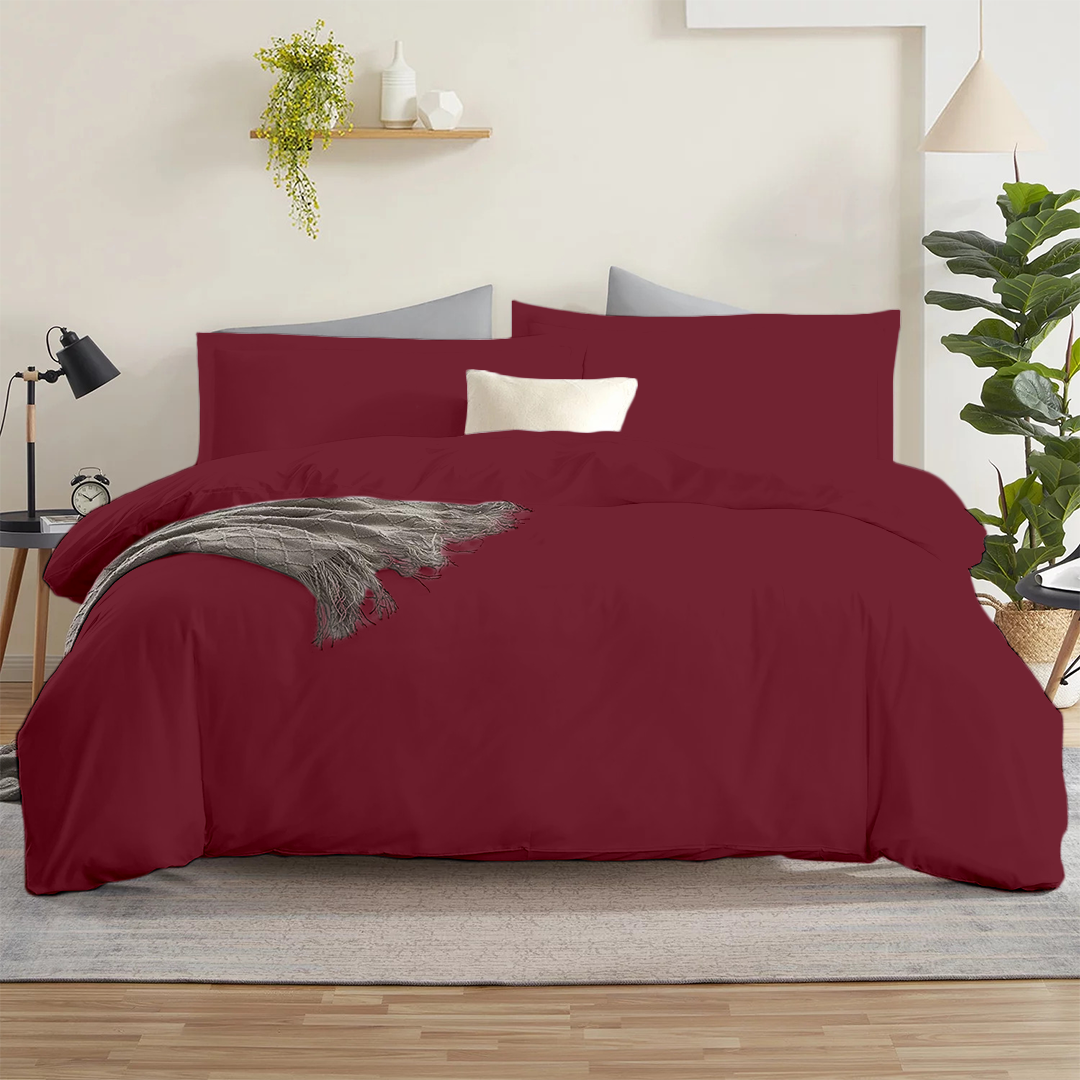



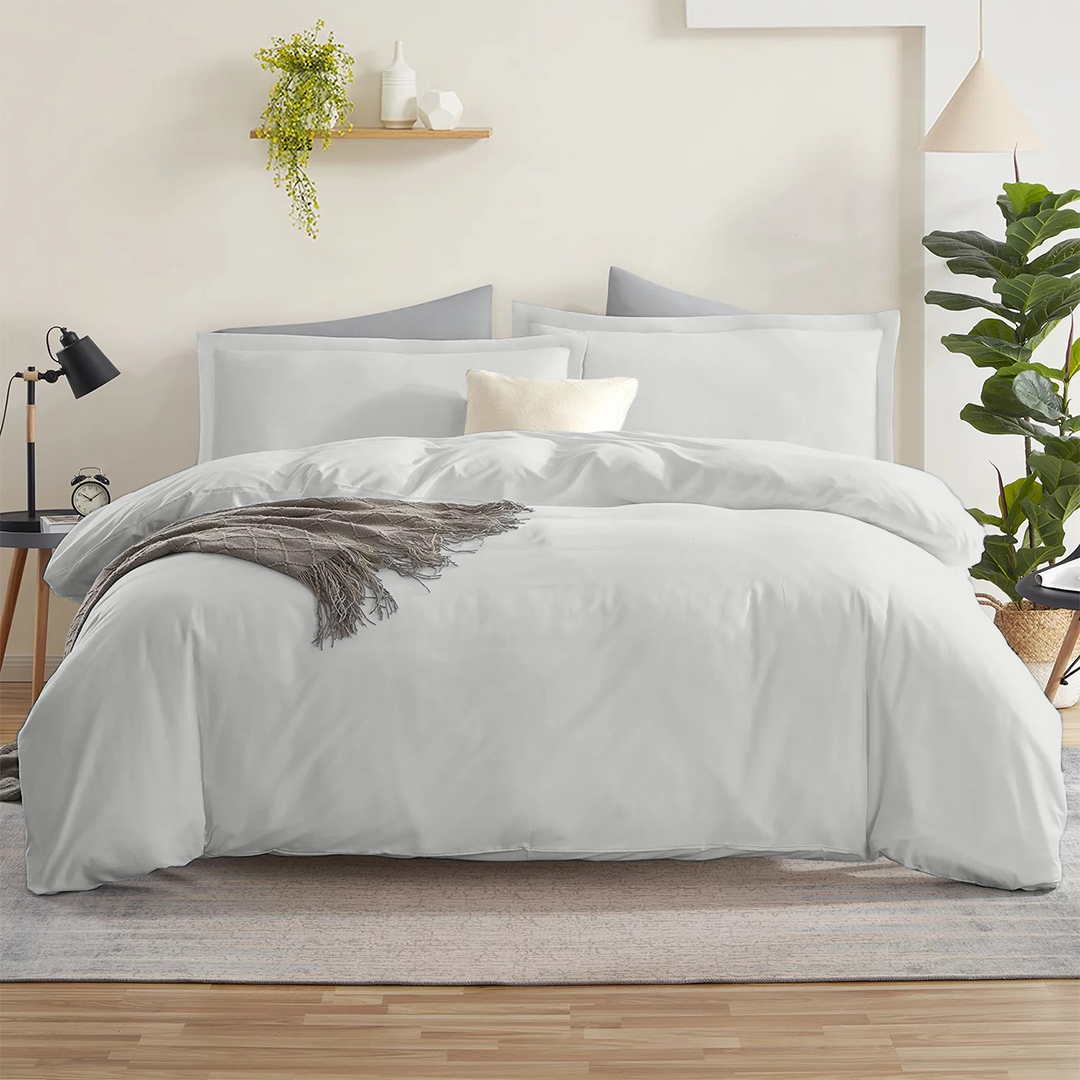

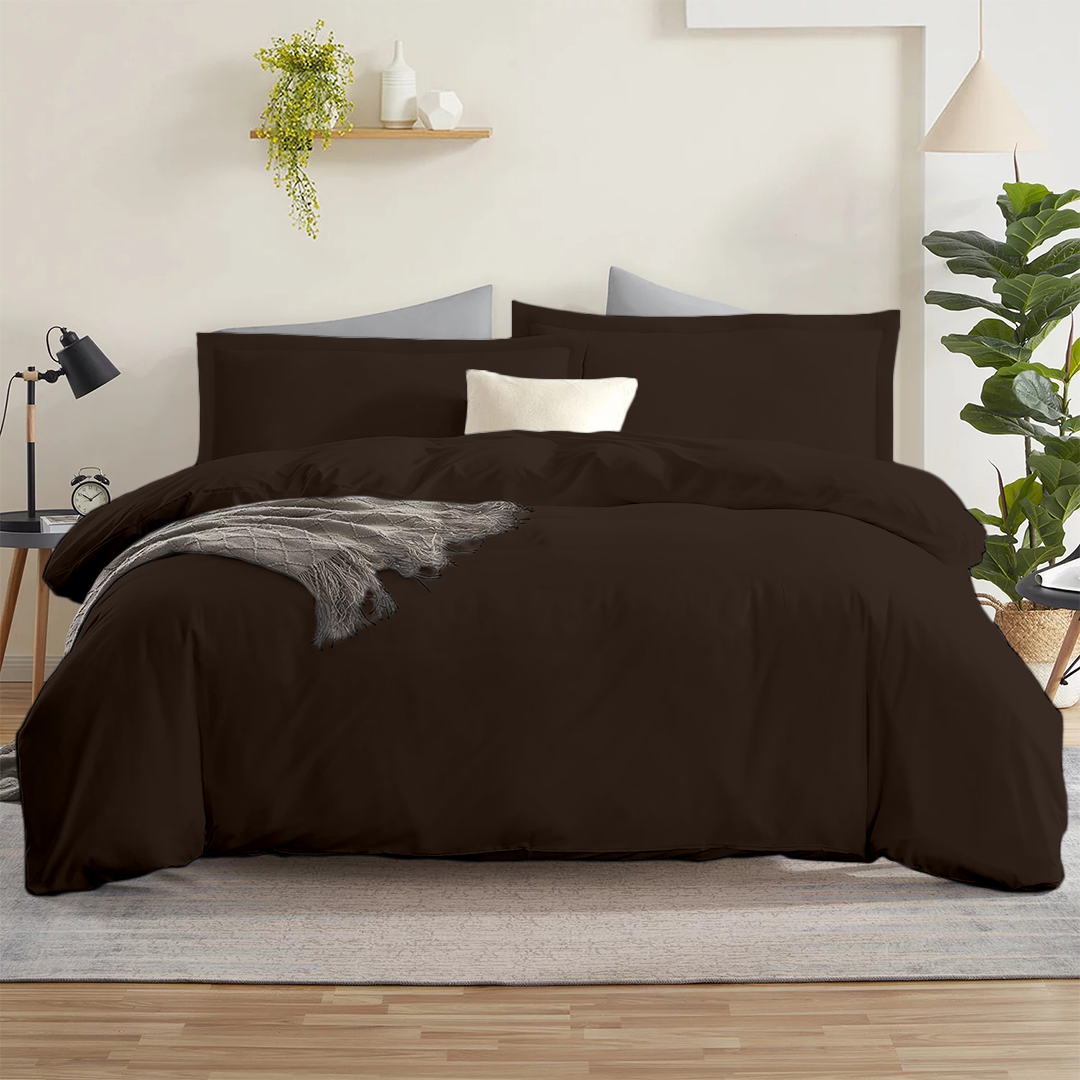


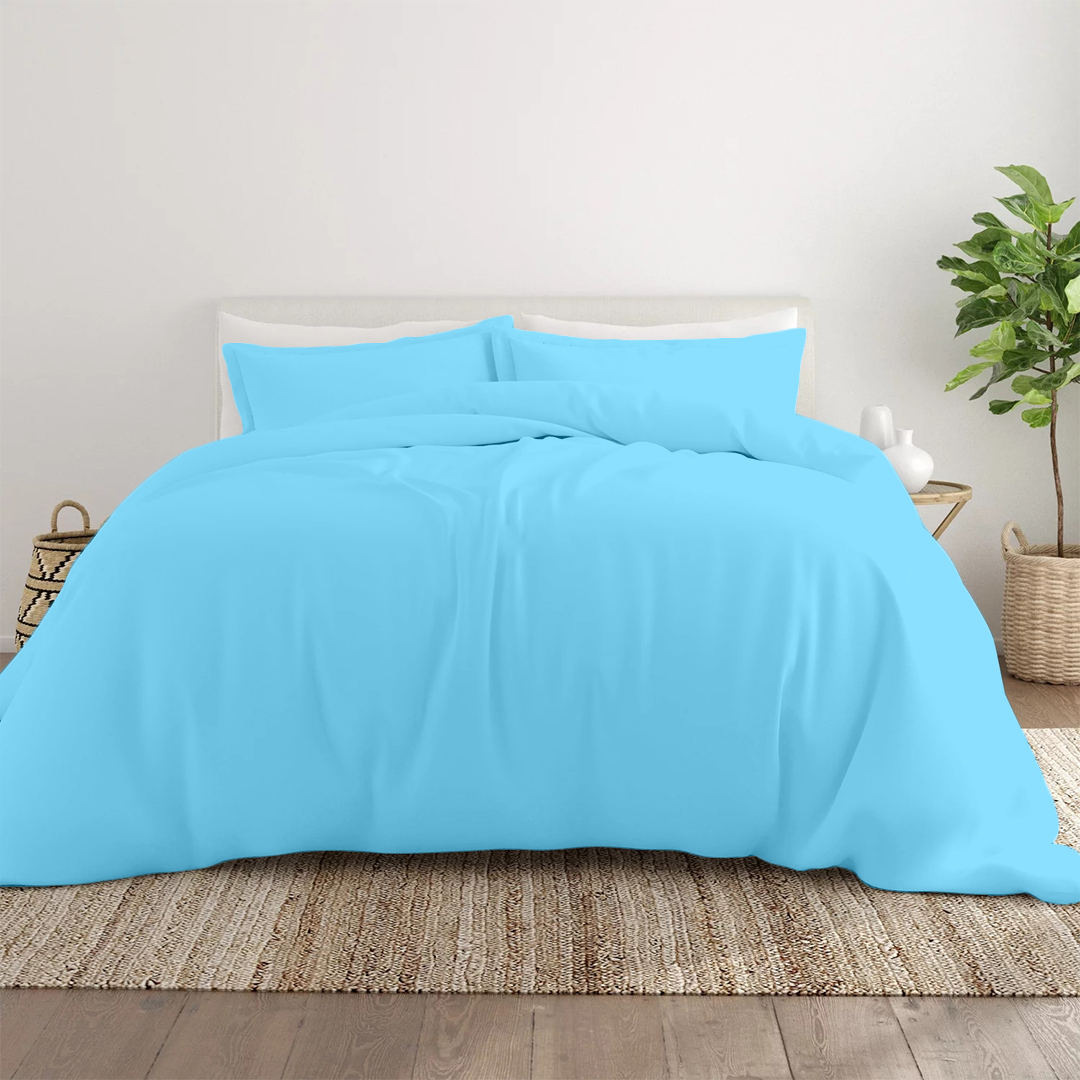





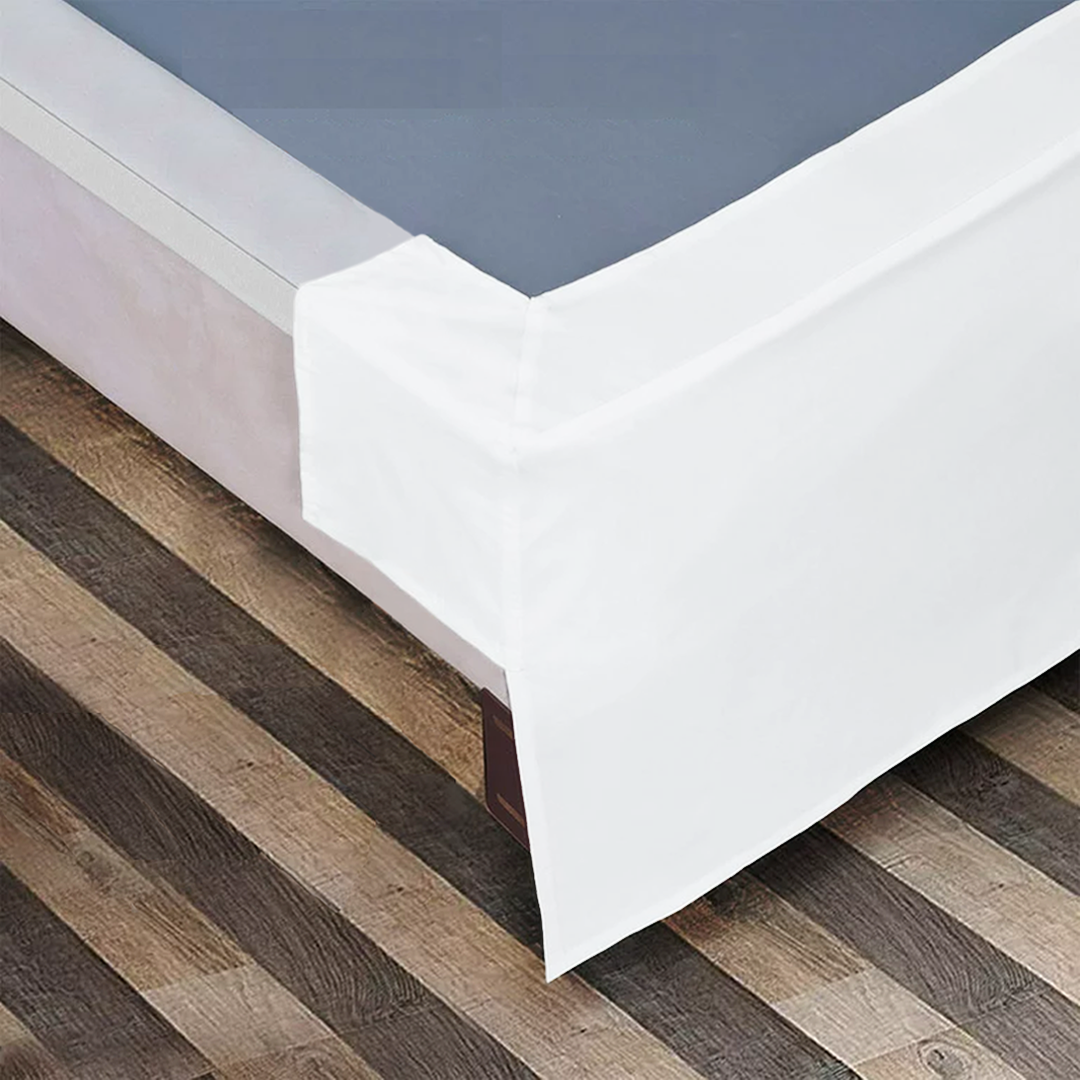






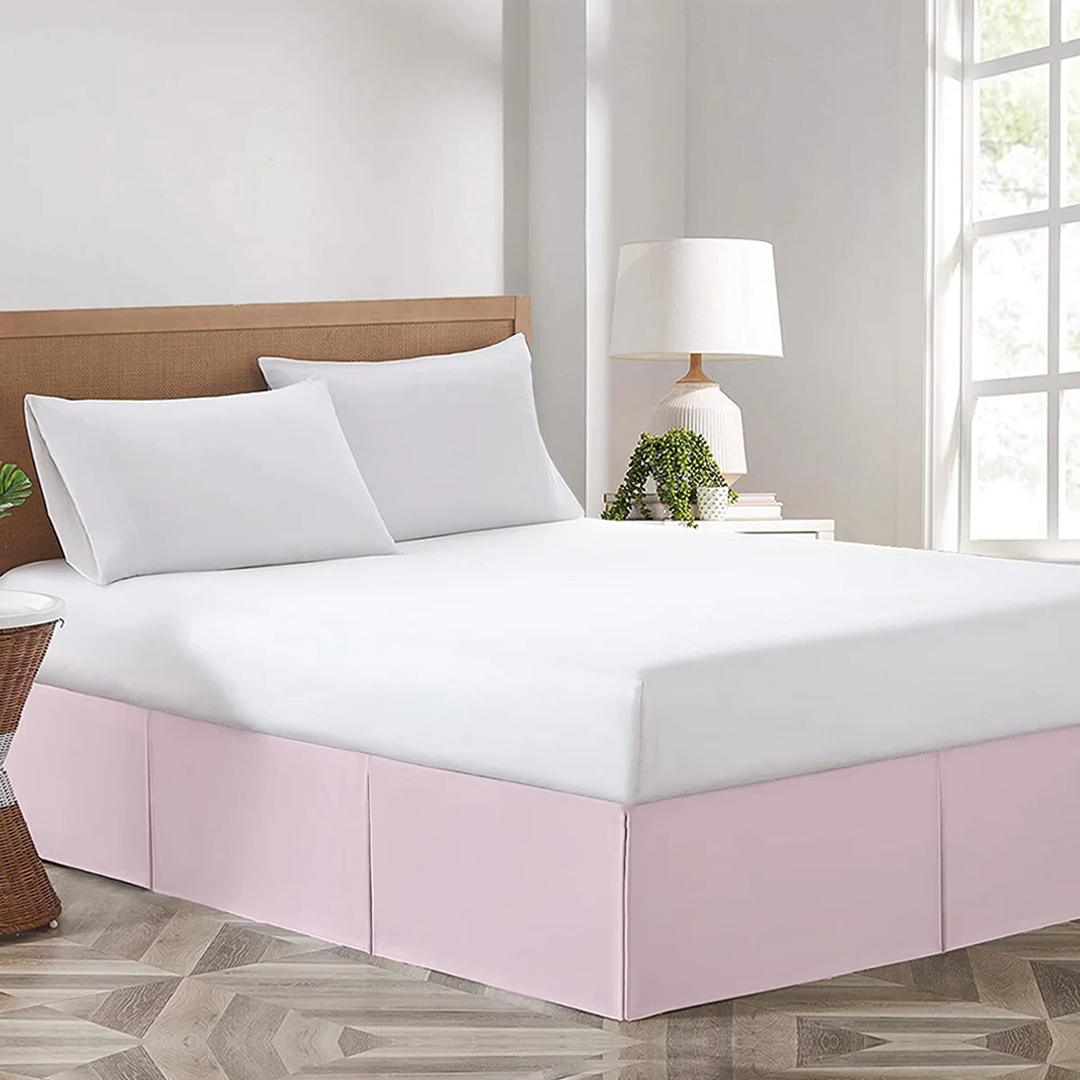


















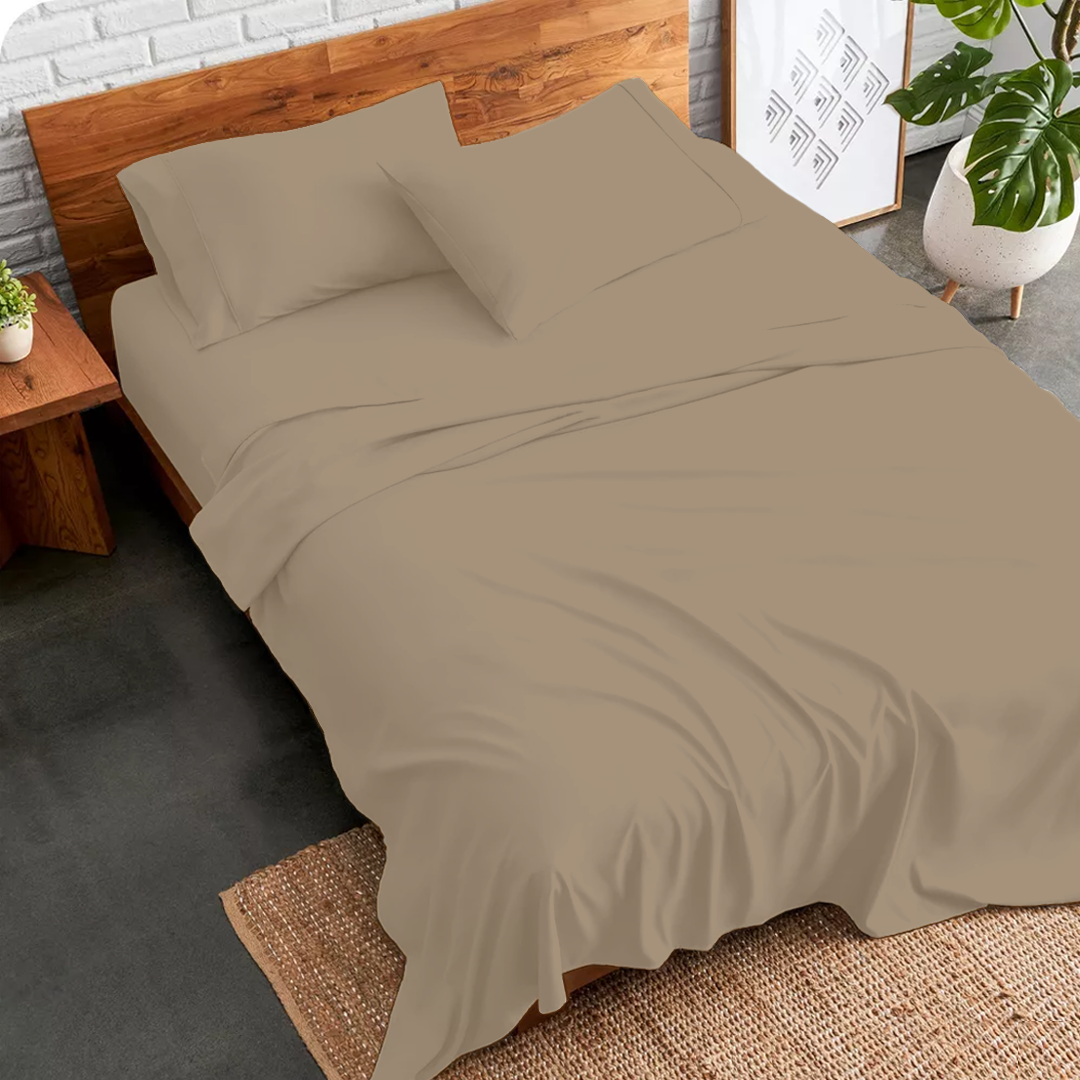
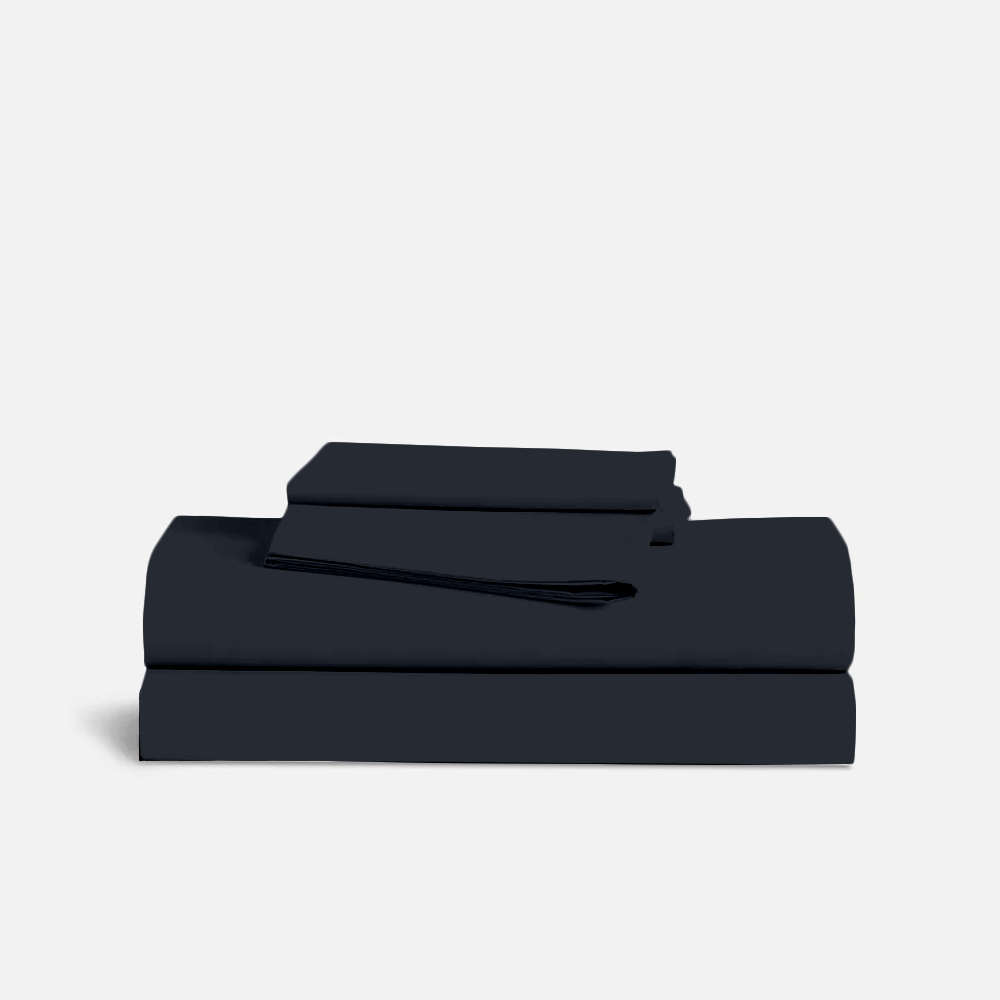

















Leave a comment
This site is protected by hCaptcha and the hCaptcha Privacy Policy and Terms of Service apply.